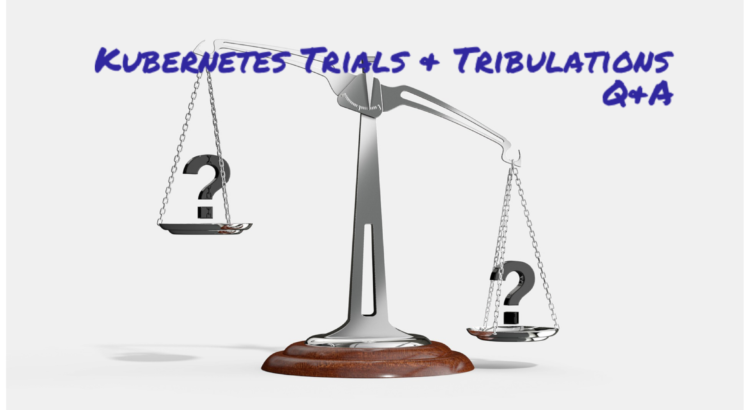

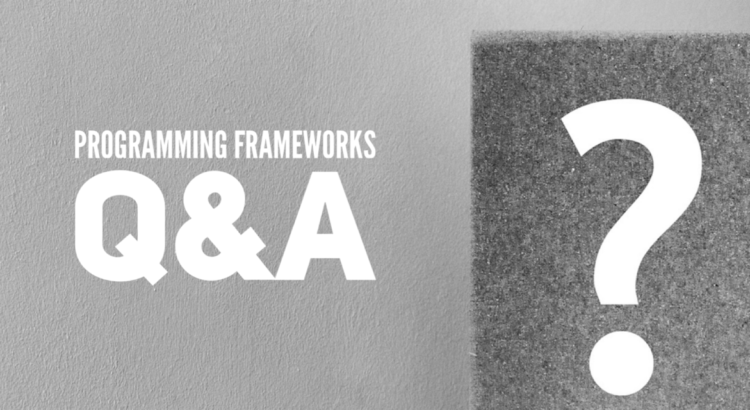
Programming Frameworks Q&A
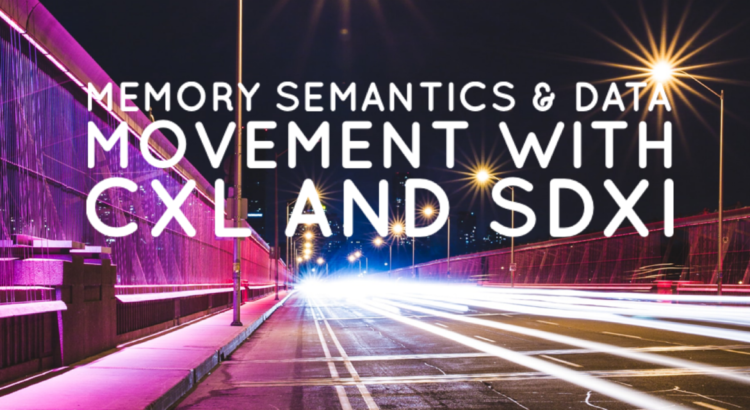
Memory Semantics and Data Movement with CXL and SDXI
 (CXL
(CXL ) is an
industry-supported Cache-Coherent Interconnect for Processors, Memory Expansion,
and Accelerators. CXL is designed to be an industry-open standard interface for
high-speed communications, as accelerators are increasingly used to complement
CPUs in support of emerging applications such as Artificial Intelligence and
Machine Learning.
How are these two standards related? Read More
) is an
industry-supported Cache-Coherent Interconnect for Processors, Memory Expansion,
and Accelerators. CXL is designed to be an industry-open standard interface for
high-speed communications, as accelerators are increasingly used to complement
CPUs in support of emerging applications such as Artificial Intelligence and
Machine Learning.
How are these two standards related? Read More
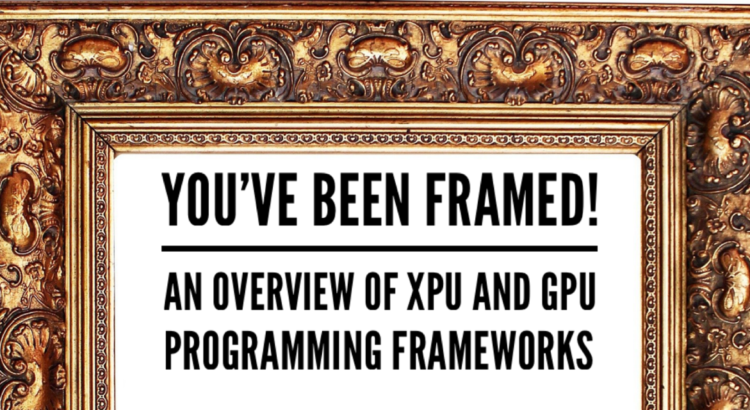
You’ve Been Framed! An Overview of Programming Frameworks
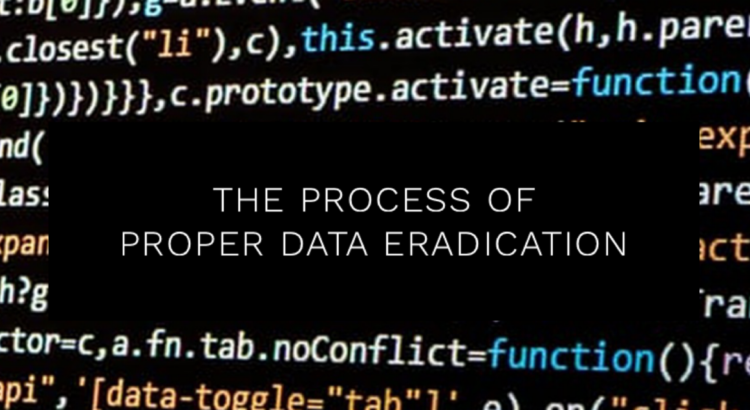
New Standard Brings Certainty to the Process of Proper Eradication of Data
A wide variety of data types are recorded on a range of data storage technologies, and businesses need to ensure data residing on data storage devices and media are disposed of in a way that ensures compliance through verification of data eradication.
When media are repurposed or retired from use, the stored data often must be eliminated (sanitized) to avoid potential data breaches. Depending on the storage technology, specific methods must be employed to ensure that the data is eradicated on the logical/virtual storage and media-aligned storage in a verifiable manner.
Existing published standards such as NIST SP 800-88 Revision 1 (Media Sanitization) and ISO/IEC 27040:2015 (Information technology – Security techniques – Storage security) provide guidance on sanitization, covering storage technologies from the last decade but have not kept pace with current technology or legislative requirements.
New standard makes conformance clearer
Read More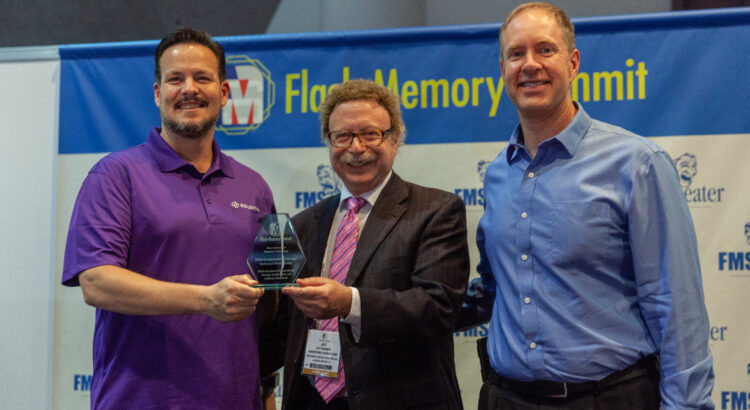
Reaching a Computational Storage Milestone
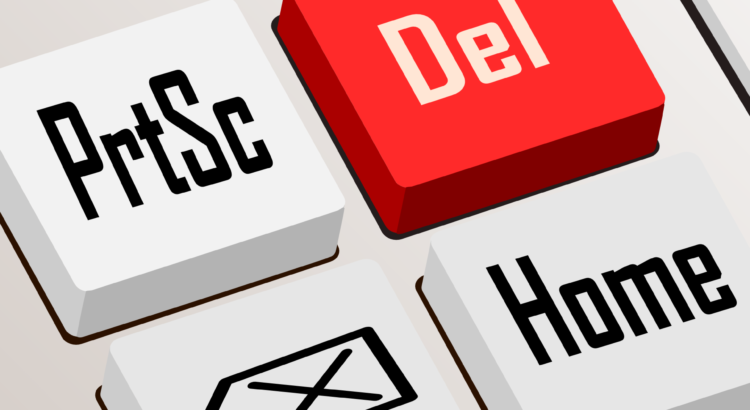
Is the Data Really Gone? A Q&A
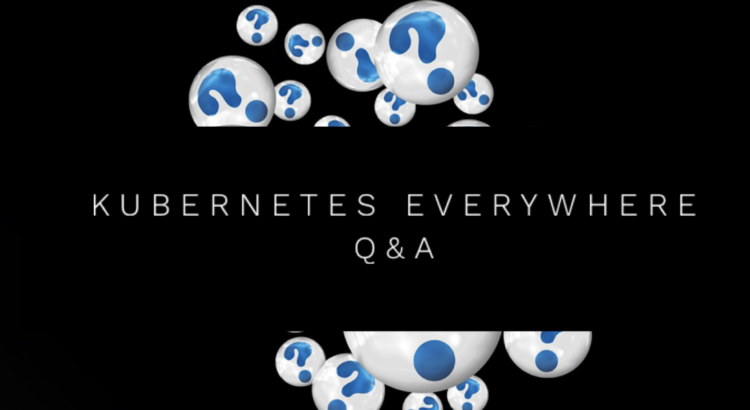
Kubernetes is Everywhere Q&A
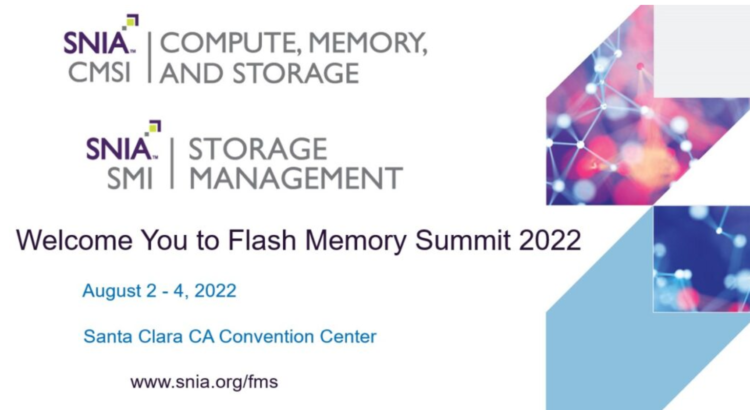
Join Us as We Return Live to FMS!

A Deep Dive on xPU Deployment and Solutions
- Pros and cons of dedicated
accelerator chips versus running everything on the CPU
- xPU use cases across hybrid, multi-cloud and edge environments
- Cost and power considerations